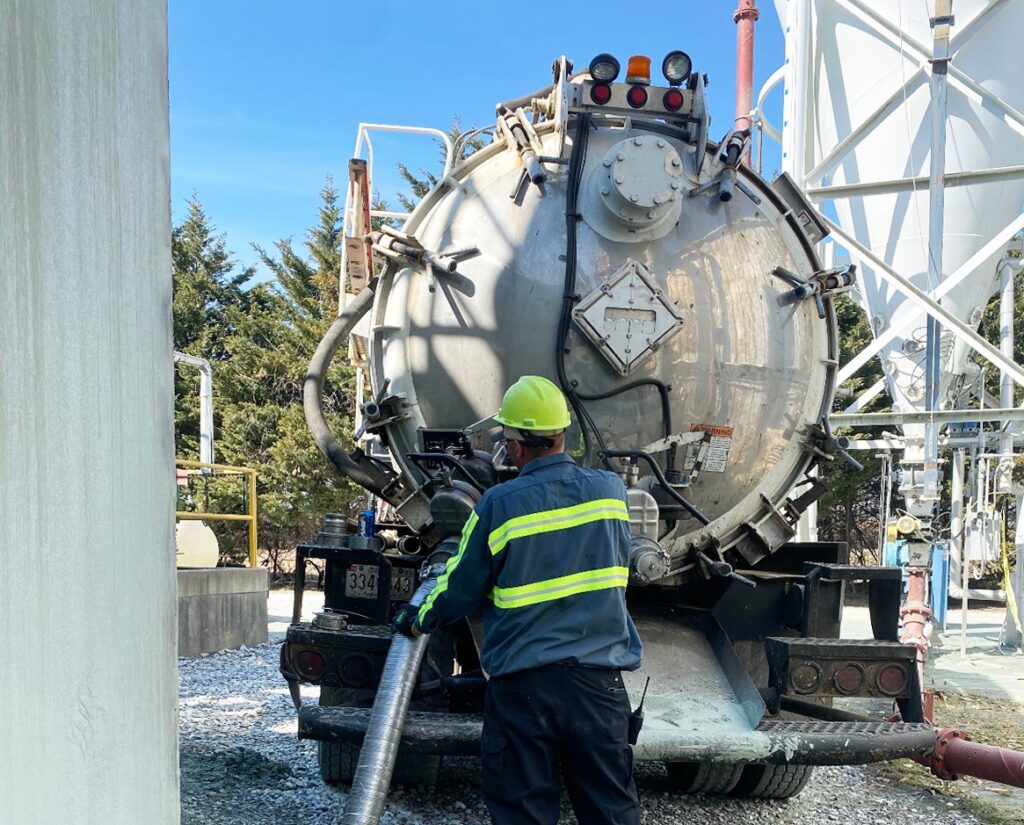
Accidents happen to everyone and in almost any industry. The difference between an unavoidable accident and an OSHA violation may lie in your company’s compliance with regulations regarding safety equipment. Was the injured employee provided the proper safety equipment? Were they provided the proper training to use the safety equipment correctly? Most importantly, What safety equipment is required by law to be provided to employees?
Let’s take a look at some OSHA requirements, backed up by a dose of common sense, and get a better understanding of what safety equipment your employees need to get the job done in the safest way possible
Hazard Assessments
OSHA clearly defines the specifications required for all safety equipment, including performing a hazard assessment to determine what equipment is needed.
Hazard assessments uncover various potential dangers in the workplace, including:
- Chemical Hazards: Substances deemed hazardous that cause an adverse reaction such as skin and respiratory irritations, or that have the potential for explosions and corrosion.
- Physical Hazards: These contribute to danger by their nature and can include height, pressure, slippery surfaces, and mechanical dangers.
- Ergonomic Hazards: Dangers to the musculoskeletal system, such as posture and improper lifting techniques.
Required Safety Equipment
The safety equipment necessary for employees will vary widely according to the industry served and the hazards identified by the assessment.
Chemical Hazards
For chemical hazards, PPE is a layer of protection against toxic inhalants and corrosive substances. The equipment required will include:
- Overalls or aprons
- Chemical-resistant footwear
- Chemical resistant gloves
- Disposable gloves
- Chemical resistant glasses
- Respirators
- Hooded chemical-resistant clothing
- Chemical resistant sleeves
All employees dealing with chemicals will need ongoing training on proper handling of chemicals including storage, disposal, and potential interactions as well as PPE training.
Physical Hazards
Also referred to as safety hazards, these are potentially dangerous environmental issues that can include operating machinery, burning items, heights, wet floors, and falling objects. While some of these can be mitigated with preventive measures, some interactions are a part of the employee’s duties. These dangers require a different approach to PPE that will include:
- Hard hats
- Safety goggles
- Steel-toed boots
- Fall protection
- Safety Harness
- Safety gloves
- Overalls
In addition to providing safety equipment, employees must follow dress codes that can include prohibiting loose or flowing garments or ensuring that personal footwear worn at work is approved.
Ergonomic Hazards
Ergonomic hazards are ways that employees can injure themselves through improper lifting techniques and poor posture. In the office, these hazards can be decreased in several ways through proper office seating, standing desks, and wrist rests for computer use.
Employers should encourage proper lifting techniques through training programs and by providing back braces and equipment to make lifting easier. An example that has made lifting easier for the ACE Environmental team is utilizing a powerful magnet attached to the jetter trucks boom, to assist with lifting grates, inlet covers and manholes. This lifting magnet helps alleviate the grueling lifting process and reduces the risk of lifting injuries.
Training
Training is required by OSHA before using any PPE. An annual training schedule is recommended with a focus on correct equipment use and proper techniques to avoid injury. ACE maintains a complete record on each employee documenting the training they’ve received, plus administrative signatures verifying they have understood and retained information from the training.
An employee who isn’t working safely should be recommended for additional training, and new employees should receive PPE training as part of the onboarding process.
